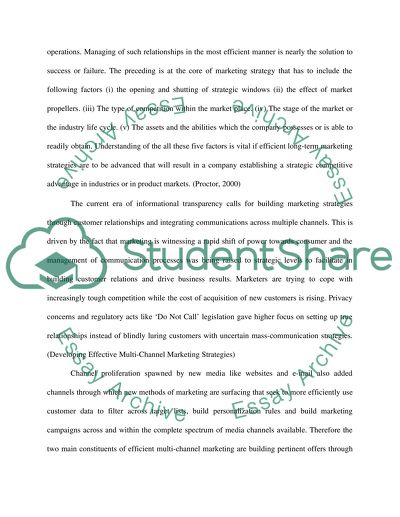Cite this document
(Contemporary Marketing Issues - Corporate Transparency Research Paper, n.d.)
Contemporary Marketing Issues - Corporate Transparency Research Paper. Retrieved from https://studentshare.org/marketing/1527650-contemporary-marketing-issues-and-strategic-marketing
Contemporary Marketing Issues - Corporate Transparency Research Paper. Retrieved from https://studentshare.org/marketing/1527650-contemporary-marketing-issues-and-strategic-marketing
(Contemporary Marketing Issues - Corporate Transparency Research Paper)
Contemporary Marketing Issues - Corporate Transparency Research Paper. https://studentshare.org/marketing/1527650-contemporary-marketing-issues-and-strategic-marketing.
Contemporary Marketing Issues - Corporate Transparency Research Paper. https://studentshare.org/marketing/1527650-contemporary-marketing-issues-and-strategic-marketing.
“Contemporary Marketing Issues - Corporate Transparency Research Paper”, n.d. https://studentshare.org/marketing/1527650-contemporary-marketing-issues-and-strategic-marketing.


